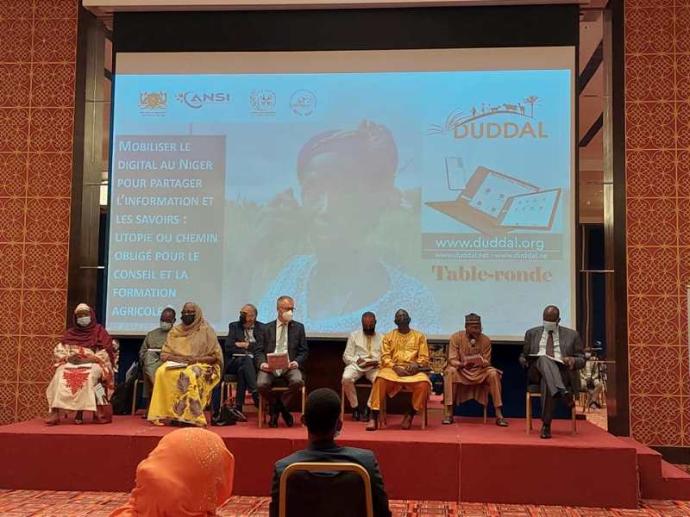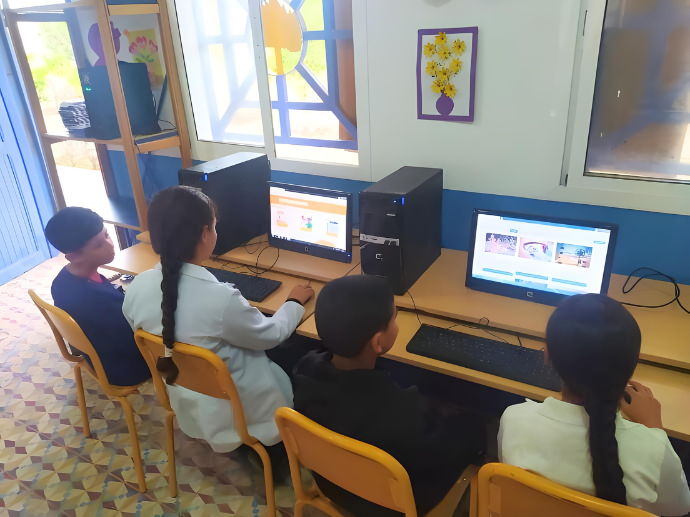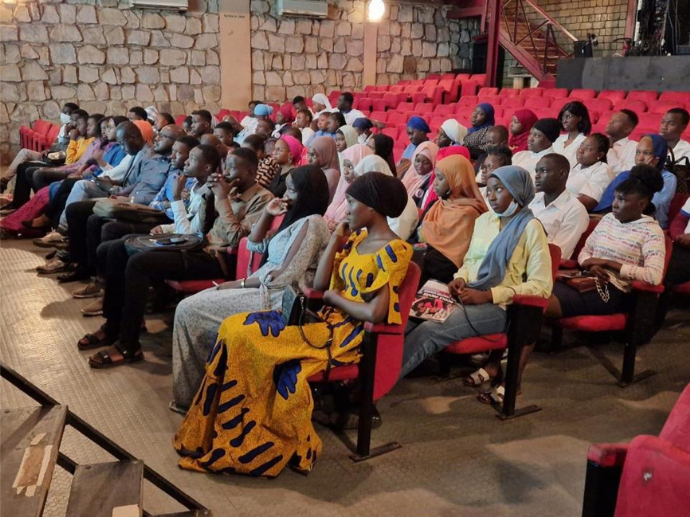The telecommunications sector in Africa presents an interesting paradox: on one hand, it faces significant structural and financial challenges; on the other, it stands out as one of the continent’s most promising sectors in terms of economic growth, digital inclusion, and innovation.
Major Challenges
Insufficient Infrastructure and Regional Disparities
The lack of infrastructure—particularly in rural and remote areas—seriously hampers sector development. In 2023, although 64 % of the population in Eastern and Southern Africa had access to mobile broadband, only 24 % actually used the Internet. More broadly, in Sub-Saharan Africa, 37 % of the population used the Internet that same year. Investments remain largely concentrated in major urban areas, leaving a significant digital divide in rural regions.
High Investment and Maintenance Costs
Deploying mobile or fiber-optic networks in sparsely populated areas with low average incomes is economically risky for investors. Moreover, infrastructure maintenance (especially cables and towers) is made difficult by political instability or a lack of skilled labor in certain regions.
Unstable or Restrictive Regulatory Frameworks
The diversity of legal frameworks across Africa's 54 countries is a barrier for foreign investors. In some cases, excessive taxes or burdensome bureaucratic procedures delay projects. A 2023 GSMA report highlights that taxation on digital services in Africa is among the highest in the world, affecting the profitability of telecom operators.
Political and Security Risks
Coups, armed conflicts, or political repression can undermine investments. For instance, government-imposed Internet shutdowns for security or social control purposes threaten market stability and erode investor confidence.
Promising Opportunities
Growing Demand for Digital Services
With a young population (median age of 19) that is increasingly connected, demand for digital services is booming. According to GSMA, unique mobile subscriptions in Sub-Saharan Africa are expected to reach 50% by 2025, with sustained growth beyond that. This momentum is driven by the increasing adoption of smartphones and improved access to mobile Internet, making Africa a fast-growing market for digital services.
Role of International Investors and Public-Private Partnerships (PPPs)
Major global players like Meta (Facebook) with the 2Africa cable, Google with Equiano, and Starlink with its satellite Internet are heavily investing in Africa. These projects help reduce costs, improve coverage, and generate employment opportunities. Additionally, PPPs allow governments to co-finance infrastructure with companies such as Huawei, Orange, or Liquid Intelligent Technologies.
Expansion of Fintech and Digital Services
The digital sector now goes beyond connectivity. Services like mobile banking (e.g., M-Pesa, Flutterwave), telemedicine, and e-learning are opening up new markets for telecom operators and investors in digital startups.
Support from International Financial Institutions
Organizations such as the World Bank, the African Development Bank , and ’IFC (International Finance Corporation) are financing projects to improve digital access, expand fiber-optic infrastructure, and build local capacity. For instance, IFC has invested over $1.2 billion in African digital infrastructure since 2020.
Conclusion
Despite structural and political challenges, the African telecommunications sector offers strong growth potential. To unlock this potential, it is essential to mobilize strategic and inclusive investment, improve regulatory frameworks, foster public-private partnerships, and ensure political stability. Africa has all the ingredients to become a digital innovation hub—provided investment is sustained, well-directed, and inclusive.
 Duddal
Duddal SOS Village d'Enfants Niger
SOS Village d'Enfants Niger



Key Challenges and Opportunities for Investment in the Telecommunications Sector in Africa